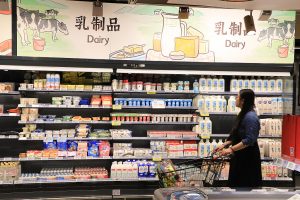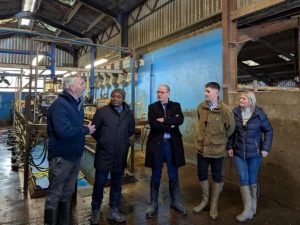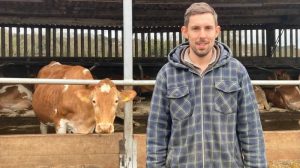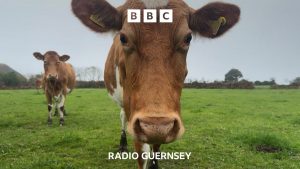
Changes to the breeding programme at Clayhanger Hall Farm have led to significant improvements to the efficiency and performance of the 400-head Holstein herd.
Partner and herd manager Andrew Rutter spent 20 years working for Genus, running its EU breeding programme. He returned to the family farm in 2018, where he was put in charge of breeding decisions.
Mr Rutter began by reviewing the current strengths and weaknesses of the herd:
- Herd type Good udders, but big-framed cows and higher lameness levels than desired
- Infrastructure Sheds under pressure, with limited financial justification to expand
- Culling policy Cows culled for poor fertility, followed by mastitis and lameness, but not for poor production
- Geography Very wet farm, unsuitable for extended grazing periods, so cross-breeding was not an option
- Breeding and performance The herd was running at 18% pregnancy (better than the 14% UK average at the time) and milk sales were just over 8,000 litres a cow. Changes in feed did not produce much response
- Genetic progress Static, with milkers and youngstock having similar genetic potential.
Potential
Mr Rutter found that the best/longest-surviving cows were smaller-framed “invisible” cows. Most of them were sired by one bull.
Good relations with a maize-growing neighbour and the ability to grow good-quality grass highlighted that milk from forage should be a priority.
Future-proofing the herd from a health perspective and breeding a cow that would produce less methane was important from an environmental perspective, but also financially.
He then planned to breed for traits needed. His selection criteria included profitable lifetime index, milk solids/yield and feed advantage. He also prioritised strong health traits, with a particular focus on lameness advantage, TB advantage, fertility index and lifespan.
Benefits
With the investment in genetics, several quantifiable and, ultimately, financial benefits are starting to show.
1. Higher pregnancy rate
This is up from 18% to 31%. With more fresh cows, it has increased milk sold – worth an estimated £65.10 a cow a year, based on current farm costs.
2. Lower age of first calving
This is down to 23 months from 26 months.
3. Improved culling policy
Johne’s is now the primary reason for culling, with fertility and mastitis less of an issue. Some voluntary culling for production is also taking place.
4. More milk from forage
Yield from forage has increased from 1,213 litres in 2018 to 2,149 litres in 2021. Milk sold a cow a year is also up from 8,300 litres to 9,726 litres in the same period.
A recent genetic audit has confirmed a strong return on investment on production and fertility.
Herd genetic rankings have jumped up over the past year. “As of December, we are now in the top 25% with our milking herd, and our youngstock are in the top 5% [based on AHDB data],” he says.

























